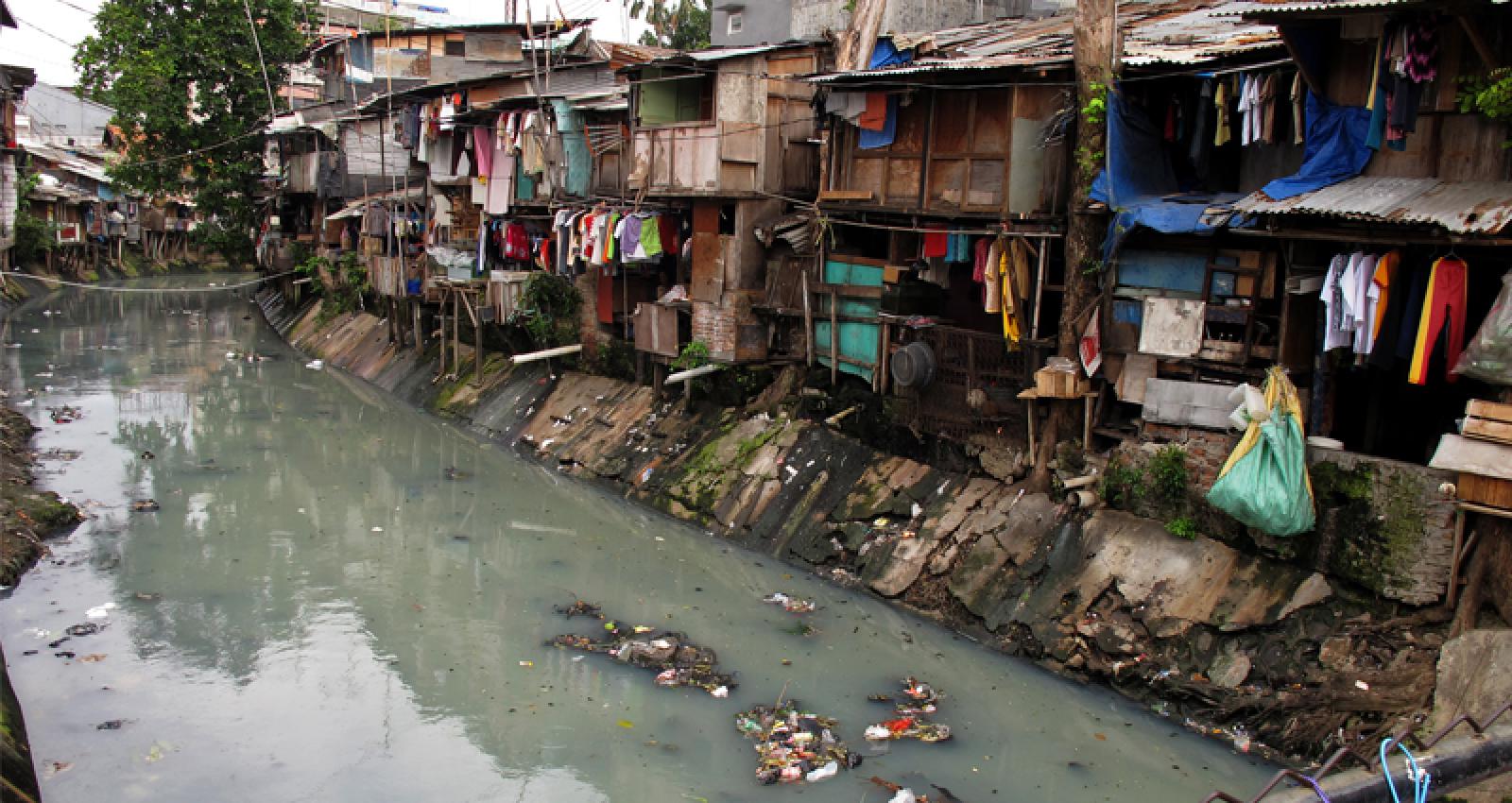A recent IEG review shows that a significant portion of the Bank’s lending for environmental projects has gone towards supporting policy reforms in client countries. These policy loans typically involve direct financing to governments in order to support environmental reforms, enact environmental policies, and strengthen relevant public institutions.
From a small base in the 1990s, the World Bank’s environmental lending commitments have increased steadily over the years, reaching a peak of nearly $3 billion in 2009 and 2010. Though commitments have declined since then, the number of environmental development policy operations has remained high by historical standards. Environmental policy lending has totaled over US$14 billion since 2000, accounting for roughly 9 percent of the Bank’s total development policy financing over the period.
Given the increasing reliance on policy lending to drive environmental goals, it is important to understand in what contexts this type of intervention works best, and what factors to consider when designing and implementing environmental policy loans.
To answer these questions, IEG recently completed a review of 64 World Bank environmental development policy operations, as part of a larger series of IEG studies looking at different aspects of the Bank's experience with Development Policy Financing. The review was supplemented by four field-based case studies in Brazil, Ghana, Indonesia and Turkey, a desk-based case study for Mexico, desk reviews for 38 closed operations, and more than 20 interviews with operational staff and managers who have been involved in environmental policy lending projects.
So what did we learn from reviewing the World Bank’s environmental policy lending portfolio? We highlight three key lessons.
Environmental policy lending works best under particular conditions:
Policy lending works best in countries and situations where policy issues like governance and lack of regulation or sector coordination are the main barriers to environmental progress. But if the main bottlenecks are those of institutional capacity or enforcement, or the need for direct financing, then policy lending may not be the best instrument.
Policy lending can also be a vehicle for engaging powerful decision-makers in finance and planning ministries on environmental issues, in countries where the environment ministries may have limited influence. Development partners can use policy lending to elevate critical environmental development issues that require cooperation across a range of line ministries.
Yet policy lending is more effective when the Bank has strong prior knowledge of the country, sector, and institutional relationships, which may be developed through other instruments. It benefits from a clear strategy for how a policy lending operation will add value to policy reforms, above and beyond a counterfactual without the operation.
An opportunistic approach to environmental policy lending can pose risks:
Many countries and donors are often tempted to use policy lending instruments for emergency response situations because of the relatively faster disbursing procedures relative to investment lending or other financing instruments. This is often the case when dealing with natural disasters. While such interventions result in faster fiscal transfers, they rarely enable the substantial reforms necessary for long-term impact because of the difficulty of preparing such reforms in a short period.
Another common opportunistic tendency is to build policy lending interventions around the support of a few key local champions, as this can help provide impetus to reform. But this approach is risky and vulnerable external changes that trigger the loss of these champions. Efforts to build broad institutional buy-in with other stakeholders can serve to mitigate this risk.
Technical assistance and analytical work play a key role in the effectiveness of environmental policy lending:
IEG’s review found that the absence of technical capacity is a common cause behind unsuccessful policy lending operations. Despite this fact, many developing counties are often reluctant to invest even relatively small amounts of their loans into acquiring the right technical assistance or building their internal capacity. Analytical work plays a key role as a diagnostic and in providing the evidence base on which to persuade decision makers, but adequate analytical work has not always been present, because of tightening budgets, declining availability of trust funds, and delivery timelines that force a reliance on previous rather than newly commissioned analysis.
Additional Resources:
Photo Credit: Rehabilitating Jakarta's Waterways to Mitigate Flood Risk by Farhana Asnap / World Bank.









Add new comment